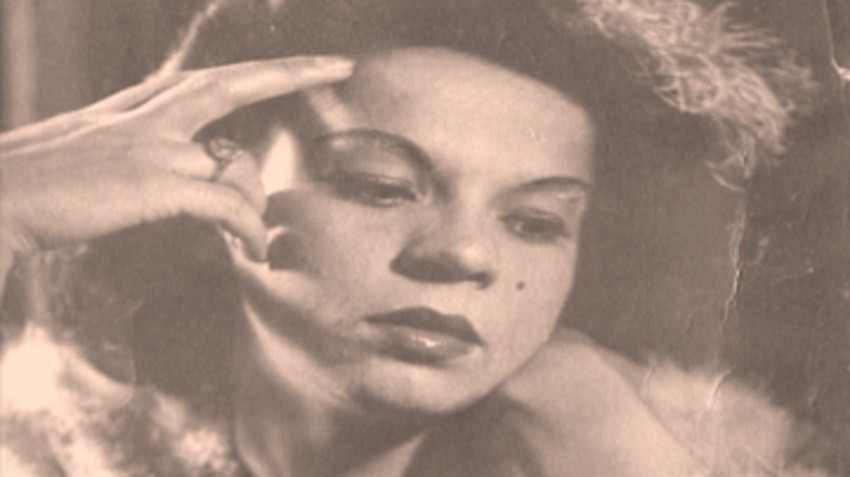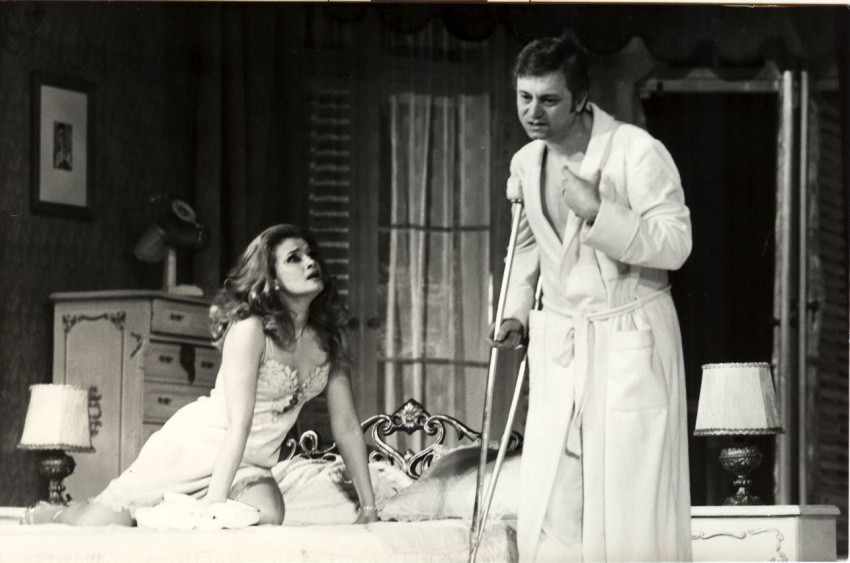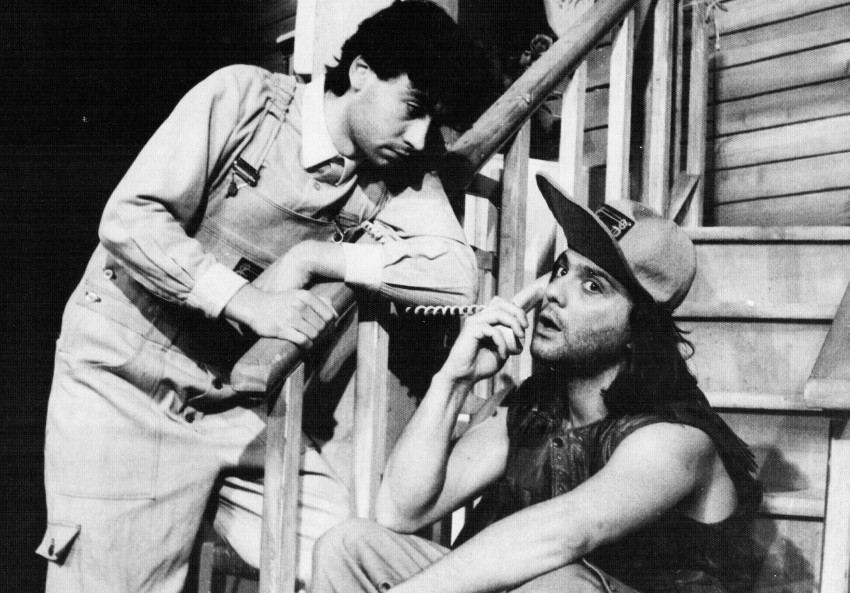Renowned Bulgarian actress Stoyanka Mutafova (1922-2019), who performed on stage practically until her death, graduated from the state drama school of the Ivan Vazov National theatre in Sofia (1946-1947), but got her professional education at the theatre faculty of the Academy of Arts in Prague in 1947-1949. After graduation, Mutafova worked at a theatre in Prague for several years before returning to Bulgaria to join the company of the National Theatre, to later become one of the founders of the state Theatre of Satire.

The “Czech” period of the talented actress is perhaps the period in her biography we know least about, even though it was a time when she took her first and most energetic steps on stage. But there is something we know even less about - that dozens of the most prominent names in Bulgarian theatre acquired their professional skills abroad.
“Prior to the communist coup in Bulgaria in 1944, many of them graduated or were sent to specialize in Vienna, in Prague, or Great Britain, France, Germany,” said Ilko Ganev from the Union of Bulgarian Actors for Radio Bulgaria. He is one of the authors of the photo album “100 faces of theatre” published in Bulgarian and in English. The book pays tribute to actors who are no longer among the living.

“At the time theatre was not taught at university in Bulgaria. It was a time when the drama school was being born in the country, first at the National Theatre, and it was only years later that a specialized state university for theatre was set up. That was why the actors returned from other countries with an education in drama to share their experience here. We know that in the 1920s and 30s actors transposed European theatre to Bulgaria just as it is.”
It is no surprise then that the photographs of the actors in those days also followed world standards, says Ilko Ganev, whose idea it is for the project to grow from a paper photo album to a digital web-based platform.
“Stylistically and emotionally, the photographs we have included in the book resemble the old, vintage photos of the Hollywood actors of the 1920s,” Ilko Ganev says. “This effect was achieved by makeup, hairdo, posture and ambiance. Back then photographs were poetic, magical, dreamlike.”

The memory of Bulgaria’s greatest actors should somehow overstep the bounds of the regional format and gain popularity abroad, says Sava Dragunchev, translator of the book into English.
“The research work was what proved to be the biggest challenge. These 100 actors have had innumerable roles in hundreds and thousands of plays, and we had to synchronize every possible author and the title of their play in English, a colossal amount of work. Because many of these actors performed in plays once translated from Russian or another language. And the result is absolute anarchy as to what something is called in English. So, what this translation was about most of all is standardization of the names of the actors and the titles of the plays in English.”

“100 faces of theatre” is the first book of its kind in Bulgaria. It includes more than 500 photographs, some of which are being shown for the first time. They are from the archives of the Union of Bulgarian Actors, the biggest theatres in Sofia and around the country, some are from personal collections.
European Days of Artistic Crafts are starting today in Bulgaria's Antonovo . The motto of this year's edition is "The Golden Thread", which is why it will begin with workshops on wool felting. Every day until the end of the week, residents and..
Writer Kalin Terziyski will present his collection of short stories "Is Anyone There to Love You?" at the Bulgarian Cultural Institute in Berlin on April 1. The book, translated into German by Elvira Bormann, tells of life in a city full of mystery,..
On Theater Day - March 27, the Union of Artists in Bulgaria traditionally presented the National Awards for Performing Arts IKAR. The award for outstanding contribution to Bulgarian theatre went to actor Yavor Milushev and was..
Writer Kalin Terziyski will present his collection of short stories "Is Anyone There to Love You?" at the Bulgarian Cultural Institute in Berlin on April..
European Days of Artistic Crafts are starting today in Bulgaria's Antonovo . The motto of this year's edition is "The Golden Thread", which is why it will..

+359 2 9336 661
